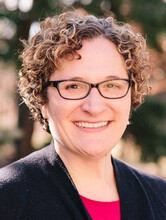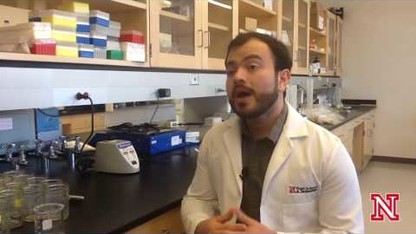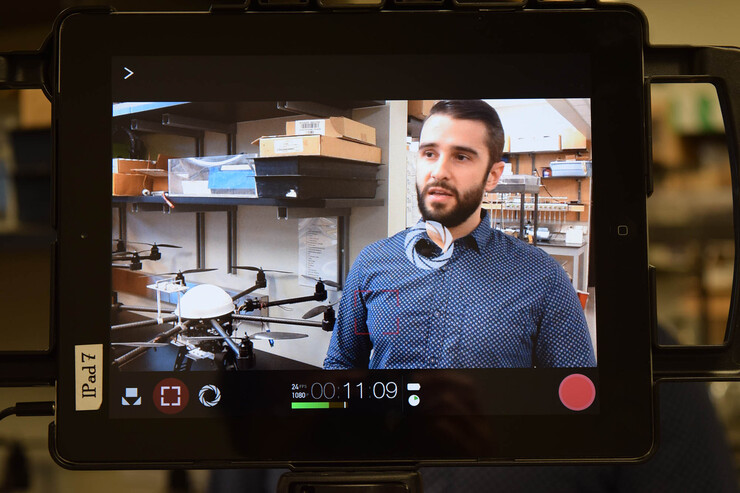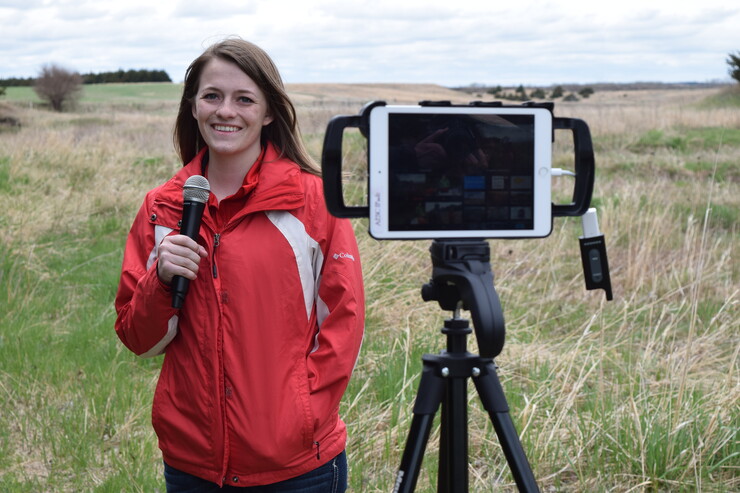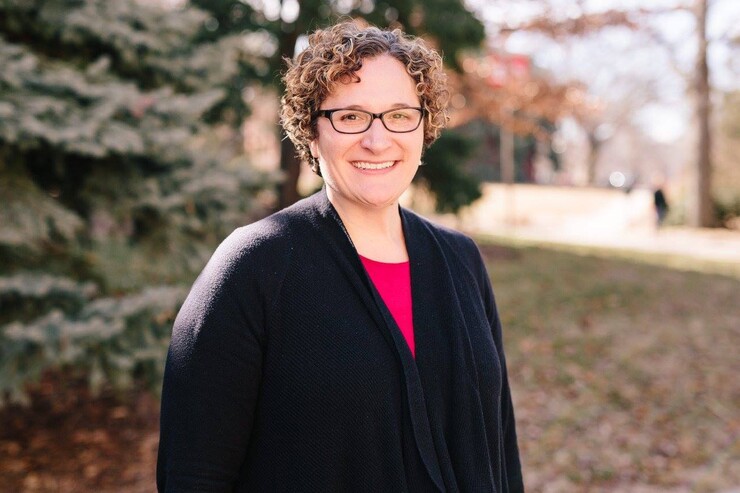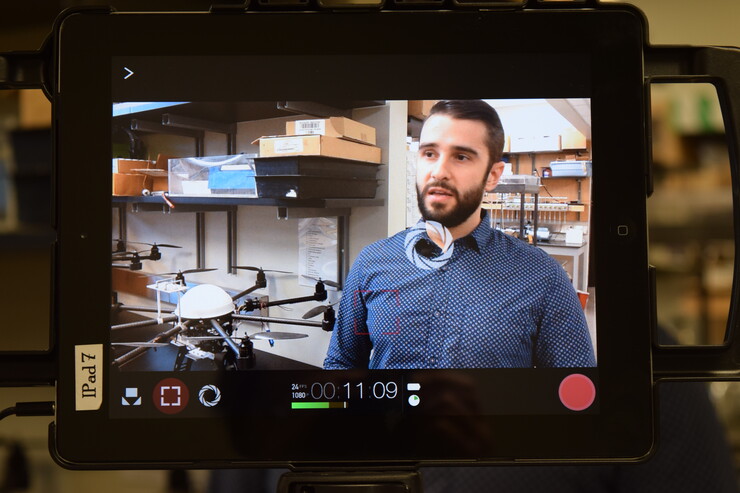· 5 min read
Student-driven series brings science to the masses
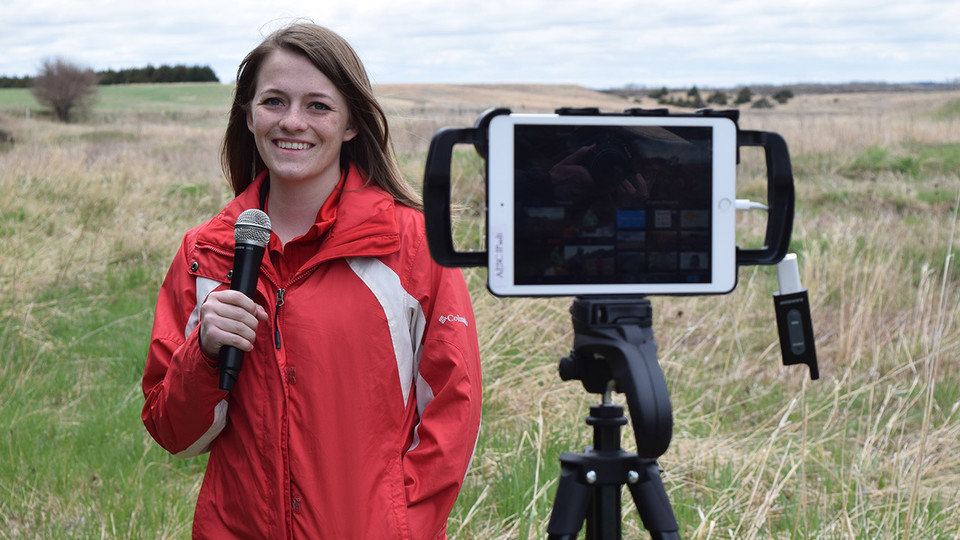
A new program at the University of Nebraska-Lincoln is giving the public an inside look at scientists’ lab and field work.
Streaming Science is a student-driven science literacy program that highlights the work of scientists conducting critical agricultural and environmental research in Nebraska labs and landscapes. Through a series of courses and hands-on experiences, students majoring or minoring in agricultural and environmental sciences communication produce photo essays, videos, podcasts and online field trips.
“Streaming Science can increase awareness of scientific issues while helping students get practical experience with an actual science literacy effort and learn how to communicate science in a way that the public will understand,” said Jamie Loizzo, assistant professor of agricultural leadership, education and communication at Nebraska, who developed the program.
Communicating science in a relatable way is no easy task, especially when the students are still learning how to conduct scientific interviews. The first half of the semester is spent researching scientists, developing interview questions and establishing goals for the pieces.
“While it’s important to get the facts about the work a scientist is doing, it’s also important to establish an emotional connection,” Loizzo said. “The students need to work with the scientists to explain why their work matters to them and those around them. People will care about a story if they feel an emotional connection to it.”
The Streaming Science podcasts feature in-depth conversations with scientists.
“As scientists, it’s important that we’re able to communicate with the public because we need their support of our research for many reasons,” said Jenny Dauer, an assistant professor in the School of Natural Resources who was interviewed in a podcast on women in STEM. “Sometimes we tend to get too close to that research and we forget to take a step back and look at the big picture on how it really impacts the public, which is what programs like Streaming Science offer us the opportunity to do.”
The podcasts are aimed at middle and high school teachers and focus on specific topics. The photo essays and videos are targeted to students to foster interest in issues and careers in science, technology, engineering and mathematics. The videos feature cutting-edge technology, scientists working in the lab or new research in action in the field. Topics range from food allergens in grains to high-tech gear that tracks cattle in feedlots.
A recent addition to the Streaming Science series was a live interactive electronic field trip. “Ranches, Rivers and Rats” was broadcast this spring from the Switzer Ranch near Burwell. Loizzo partnered with Mary Harner, associate professor of communications and biology at the University of Nebraska at Kearney; Keith Geluso, professor of biology at UNK; the Platte Basin Timelapse Project; and NET to help Nebraska students experience the Sandhills. The field trip was funded by a grant from the university’s Food for Health Collaboration Initiative.
More than 200 students from Central City High School, Gordon-Rushville Schools, Kearney High School, Lawrence-Nelson Public Schools, Lincoln Southwest High School, Pound Middle School in Lincoln and Westside Middle School in Omaha tuned in to the web broadcast.
Shelby Anderson, an agricultural and environmental communications major, hosted the field trip, which covered water-quality research, kangaroo rat research, biological diversity and ecology. The video feed was two-way, meaning the students were able to ask the scientists questions in real time.
“The students had a lot of questions about the kangaroo rats,” Loizzo said. “It was great because they were very engaged, and the teachers loved it because most of them can’t take a physical field trip to the middle of the Sandhills.”
Loizzo said the teachers were pleased that the field trip aligned with state and national science standards. Project partners hope to secure funding for more electronic field trips.
Streaming Science not only results in a scientific resource for the public, but students have communication examples to include in their portfolios.
“Producing a communication product from scratch is challenging and can be an emotional roller coaster, but it’s fun to see how proud the students are of their finished pieces,” Loizzo said. “They walk away with real-life, tangible examples of the work they can do.”
New content is posted every other week during the fall and spring semesters. The next “Ranches, Rivers and Rats” field trip is scheduled for April 2018. Schools can register to participate here.
